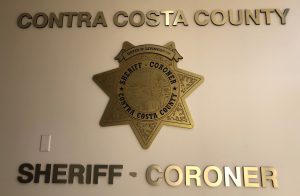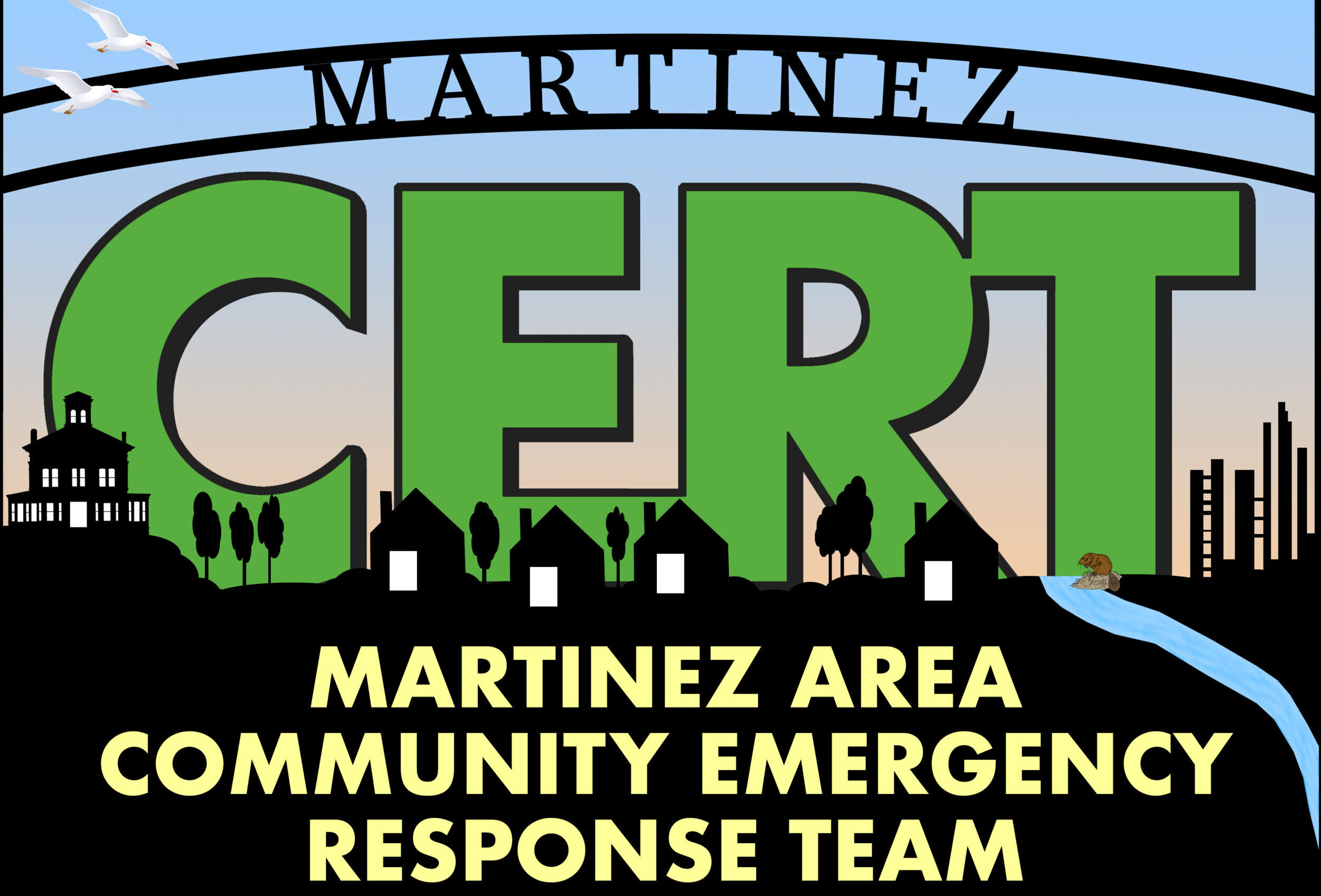The Morgue Tour

What happens after a life-ending event? Hopefully someone called 911 and the police respond. As part of the response, the police call the Coroner’s Office to come out and help with the body. Then what?
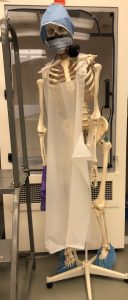 A group of our CERT members got a walking tour of the facilities at our local Coroner’s Office. Our tour guide, Deputy Richards, answered all of the varied questions that we asked.
A group of our CERT members got a walking tour of the facilities at our local Coroner’s Office. Our tour guide, Deputy Richards, answered all of the varied questions that we asked.
Safety first! Everyone must be properly dressed. There weren’t any activities in the medical bays when we were touring, so we didn’t need to dress for the special environment.
There is a lot of paperwork involved in this job. Who is the victim? How do they determine this? What if they don’t have family members? Everything that can be examined, documented, and filed on the proper form is done.
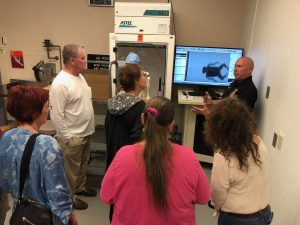
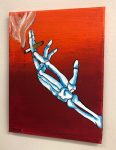 Not everyone has the stomach for this job. There is a certainty about the work. Without a sense of humor or irony, it would be tough for anyone.
Not everyone has the stomach for this job. There is a certainty about the work. Without a sense of humor or irony, it would be tough for anyone.
The facilities have an external viewing room to give a little space between the body being examined and the person who needs to see something or identify someone.
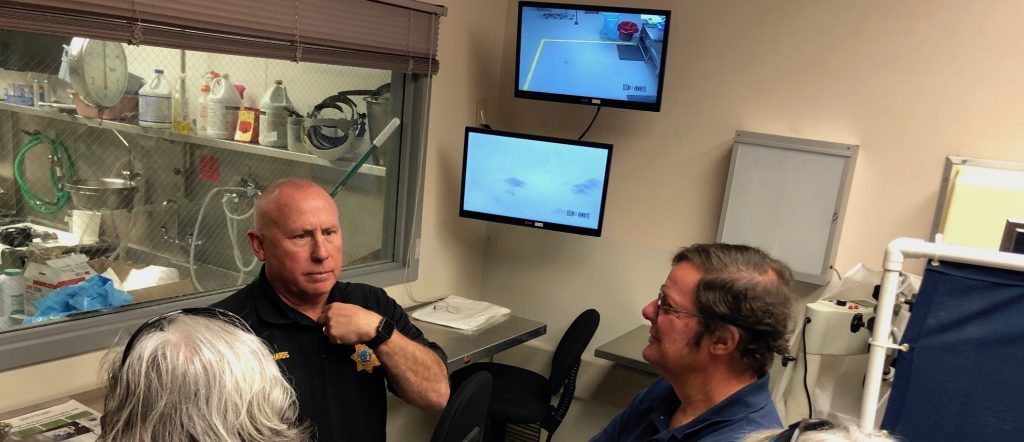
We continued asking more questions in the garage. Some of our CERT members have a science background, asking technically relevant questions. Deputy Richards handled all questions with frankness and aplomb. (We did see him smile a lot.)
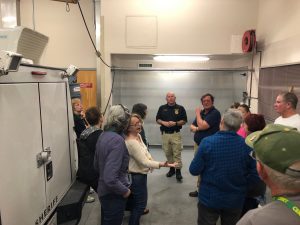 On the left is the unmarked Coroner’s vehicle. Just out of reach above the rear of the vehicle is a winch/pulley for heavier or larger loads.
On the left is the unmarked Coroner’s vehicle. Just out of reach above the rear of the vehicle is a winch/pulley for heavier or larger loads.
We learned a lot on our tour, and offer our great appreciation to Deputy Richards for his time and expertise.
